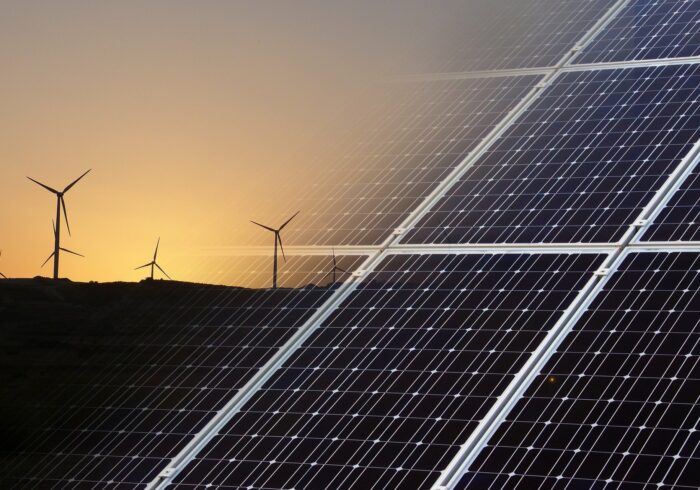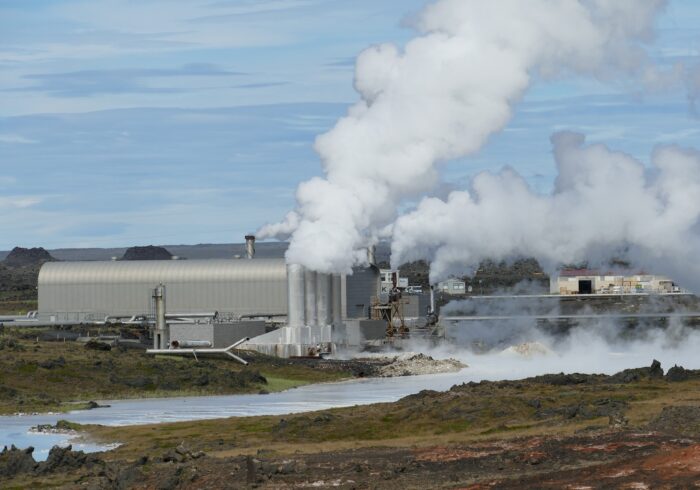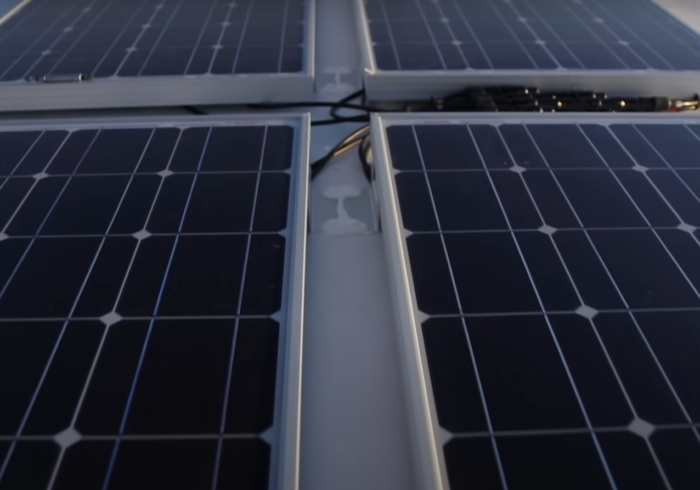Bioenergy is universal. Heat, electricity, and fuel can be produced from solid, liquid, and gaseous biomass. And plant and animal waste is used as a renewable raw material.
Today, everyone seems to understand the importance of preserving the environment, but the relationship between man and nature at the beginning of the third millennium is seen in part as a confrontation between two largely hostile worlds: the “natural world” and the “human world.
The famous Austrian biologist and Nobel Prize winner Konrad Lorenz, describing the fatal consequences of such a pernicious “philosophy,” wrote: “The daily life of so many people goes on among the dead works of human hands; they have lost the ability to understand living creations and communicate with them. This loss explains why humanity as a whole shows such vandalism to the world of wildlife surrounding us and sustaining our lives. Trying to restore the lost connection between humans and the rest of the living things that inhabit our planet is a very important and very worthy task. Ultimately, the success or failure of such attempts decides the question – will humanity lose itself with all living things on Earth or not? “. Therefore, the strategic task of eco-biotechnology and its integral component, bioenergetics, is seen in the search for ways to bring them closer together and mutually benefit from each other.
The first fundamental feature of bioenergetics is that all living organisms are thermodynamically open systems, which function only under the condition of a constant exchange of substance and energy with the environment. The thermodynamics of such systems differs significantly from classical thermodynamics. The basic concept of equilibrium states for classical thermodynamics is replaced by the concept of stationary states of dynamic equilibrium. Open systems are capable of self-organization and self-development. The second most important feature of bioenergetics is related to the fact that metabolic processes in cells occur in the absence of significant fluctuations in temperature, pressure and volume. Nature, unlike technology, could not afford the high temperatures, pressures and other conditions that take place in modern internal combustion engines and other thermal machines. The conversion of chemical bonding energy into useful biological work in an individual cell or organism as a whole occurs without the conversion of chemical energy into thermal energy.
It should be noted that electrochemical stages play a significant role in energy conversion processes in living organisms. The cumulative power of electrochemical processes occurring in the cells of all living organisms of the biosphere exceeds the global scale of technical use of electrochemical energy by many orders of magnitude. It is as if a hydrogen-oxygen fuel cell (FC) is built into a living cell. Just as in a TE the chemical energy of fuel is transformed into electrical energy, living nature also transforms the chemical energy of macroergic compounds first into electrical forms and then, in the process of oxidative phosphorylation, immediately preserves it into the energy of chemical bonds. Practical applications have already found TEs that use hydrogen as a fuel and oxygen as an oxidizer, with alkali or ion-exchange polymer as the electrolyte. The successes achieved to date in the development of TE are mainly related to chemistry, but it should be noted that there are other, in our opinion, more promising ways to solve this problem.



